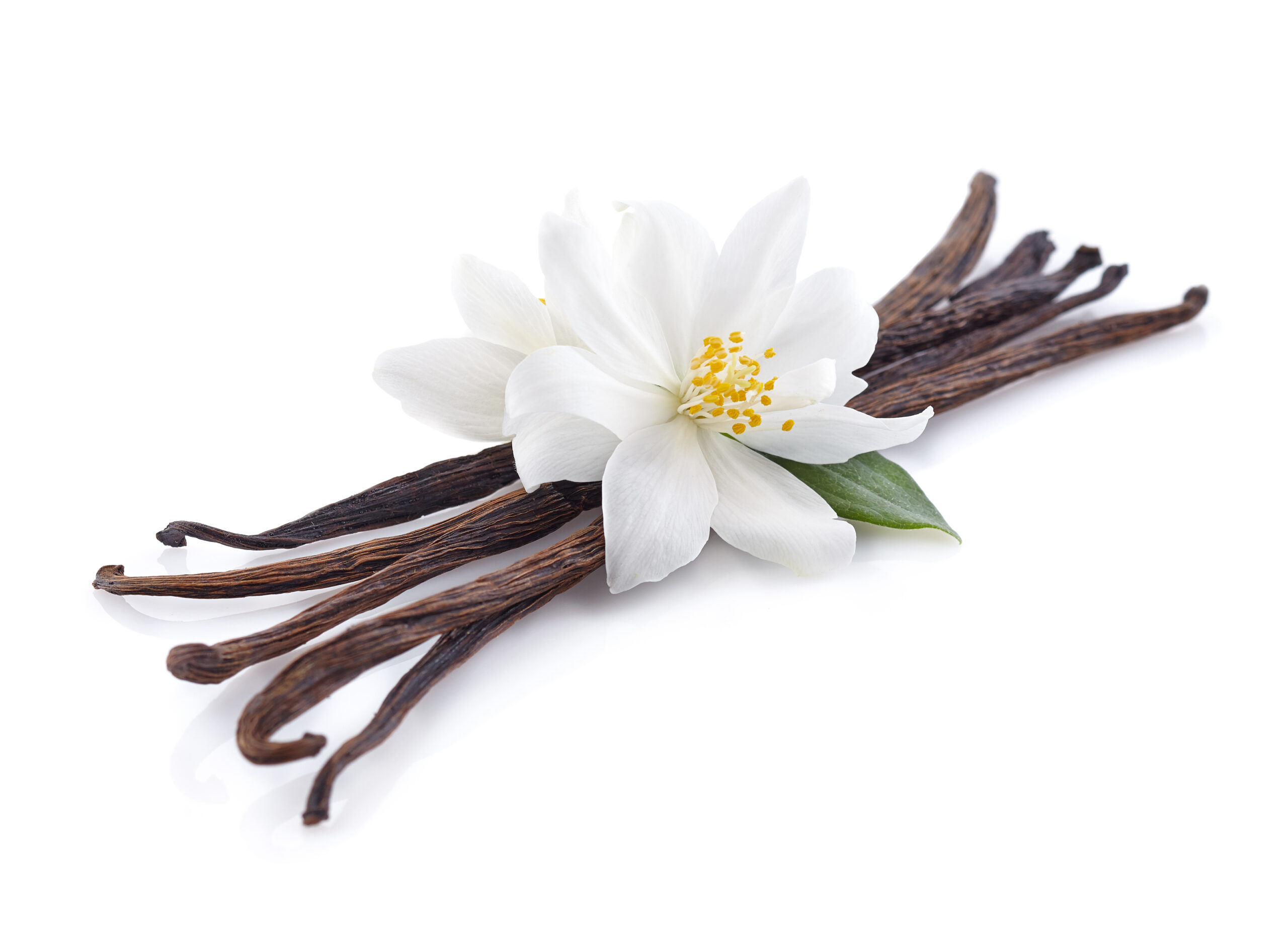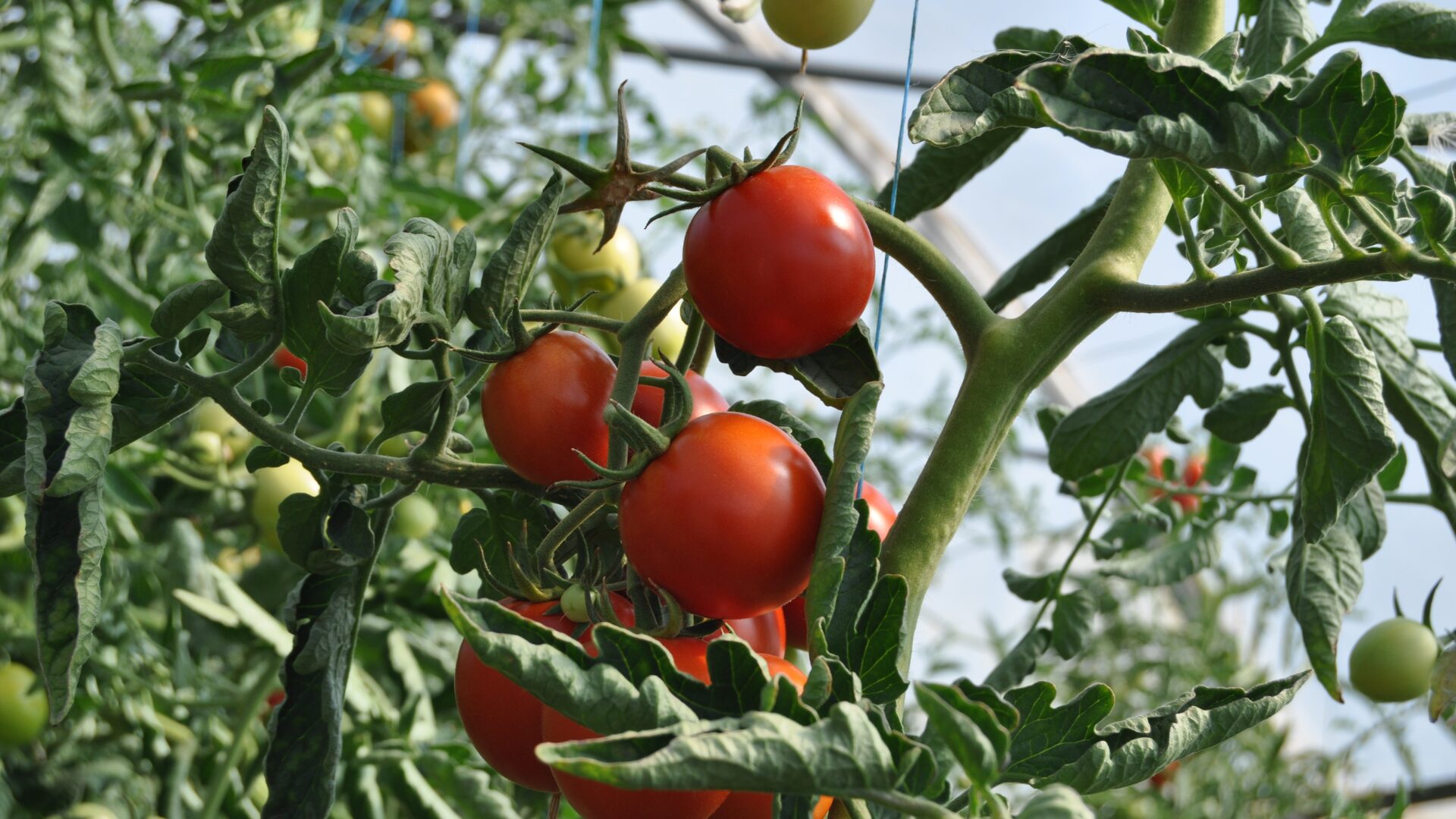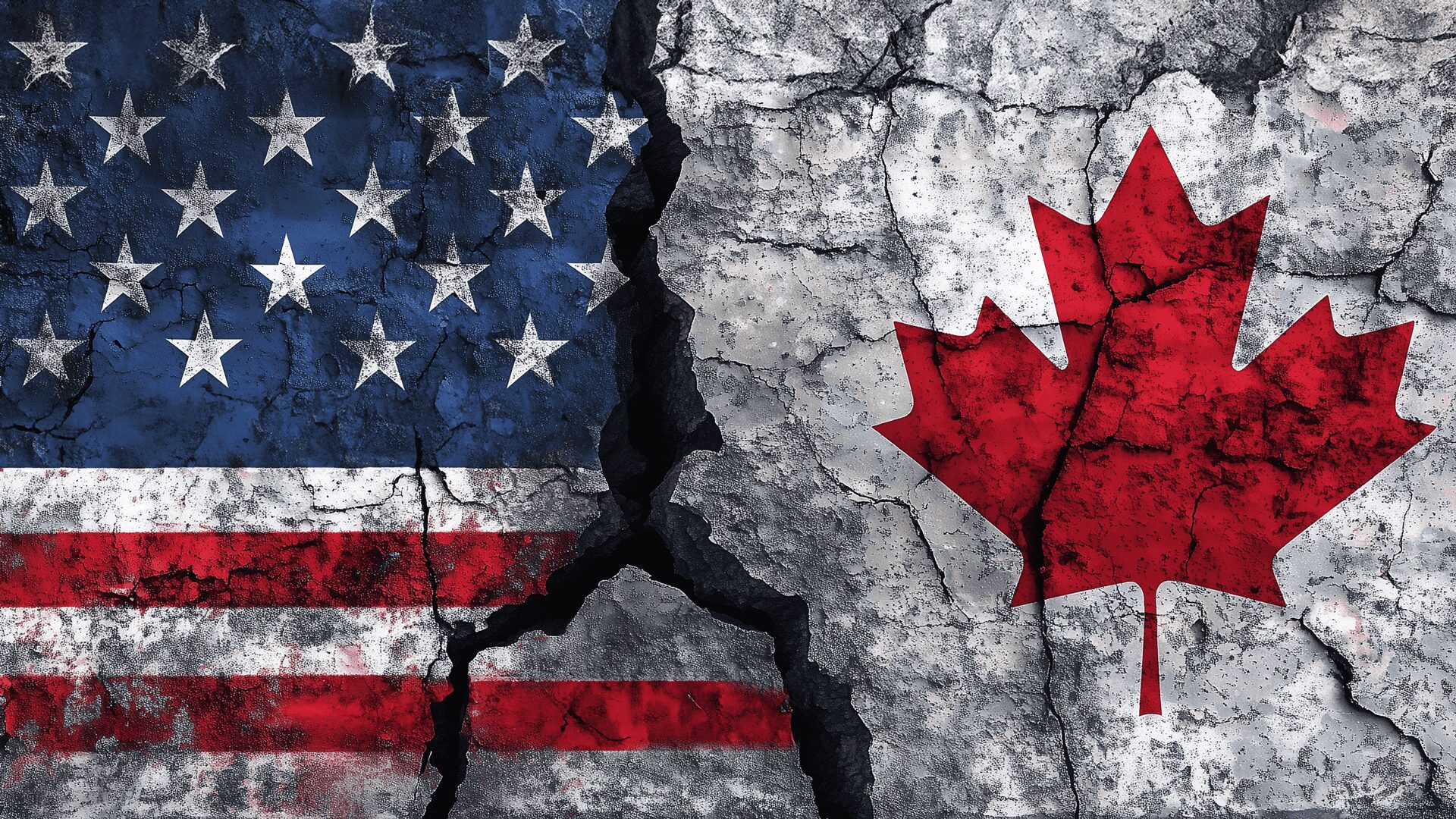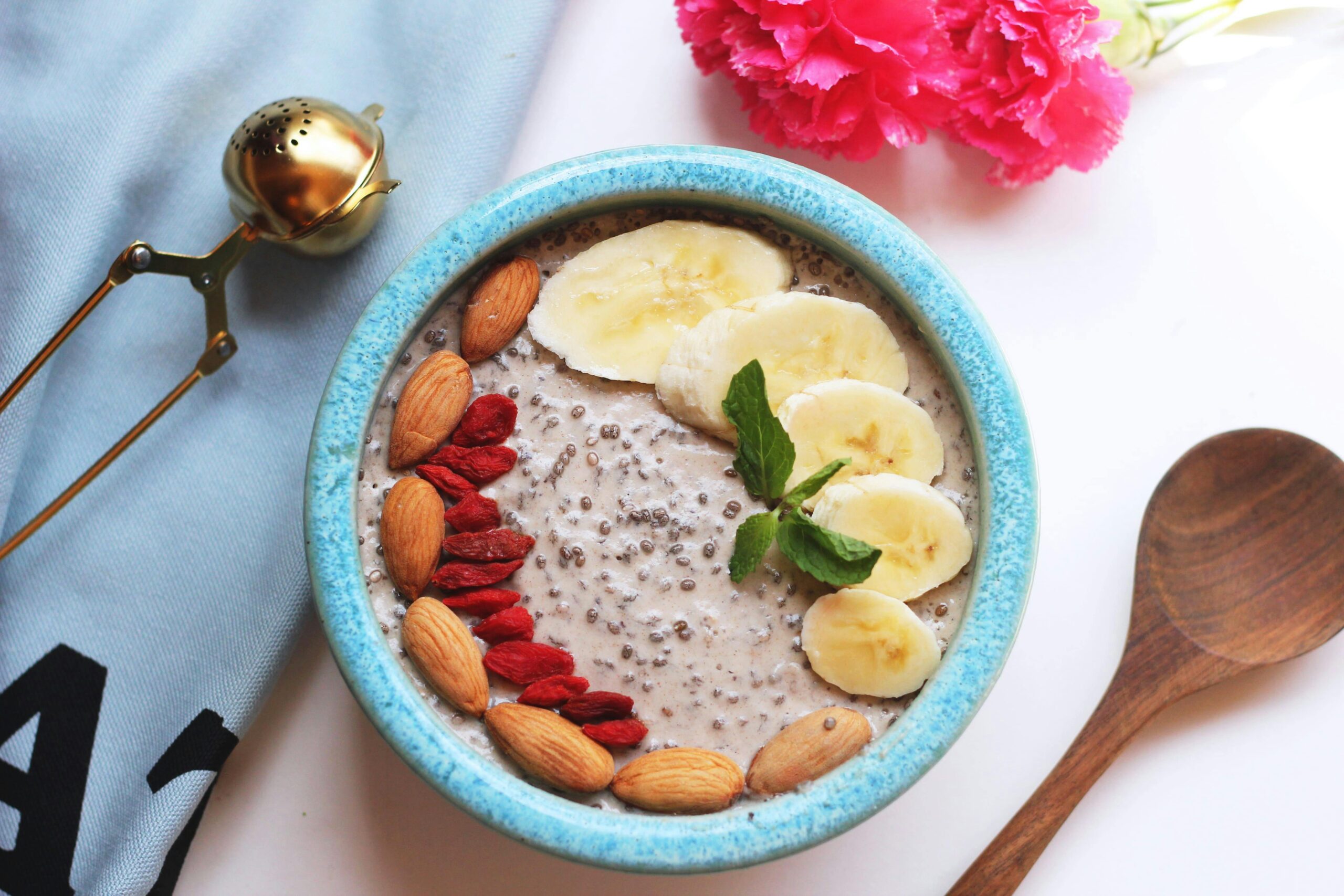Earlier this month, Bloomberg reported that vanilla – sweet, creamy, delicious vanilla – may face an upcoming shortage due to inclement weather around Madagascar that threatens the 2024 harvest.
First it was beef prices. Then cocoa. And now vanilla?!
Cyclone Gamane ravaged some of Madagascar’s key vanilla-growing regions, where torrential rain and high winds flooded the fields and stripped many vanilla pods from their vines. George Geeraerts, president of Madagascar’s vanilla exporters, said the deluge could cut the vanilla harvest by as much as 50 percent.
“On a bad year, production is about 1,500 tons compared with a range of 2,000 to 2,500 tons,” Geeraerts told Bloomberg, detailing that a conservative estimate pending further investigation could diminish the supply to as little as 1,000 tons. To put this in perspective, The Food Institute reached out to some veterans of vanilla to further understand the market and its implications.
“The most common uses for vanilla are as a flavoring for food products (baking, ice cream, confections, etc.) and beverages,” said David Branch, sector manager with the Wells Fargo Agri-Food Institute, to FI. “However, vanilla is also used as a flavoring in syrups for medications and as a fragrance in perfumes and aromatherapy,” he added.
Pricing of vanilla extract is expensive compared to imitation vanilla flavoring due to the extremely limited global latitude where vanilla plants can thrive.
Branch noted that vanilla is the second-most expensive spice next to saffron, in fact, though he doesn’t expect as significant an increase in global prices for consumers given the fact “the vanilla bean markets have been oversupplied the past two years and manufacturers are still working through lower-priced inventory.”
Vanilla plants grow near the equator in tropical and subtropical climates, and Madagascar provides a whopping 80% of the global supply. Indonesia is second and provides about 12%, and the remaining 8% is produced by smaller countries around the earth’s equator like Mexico, Uganda, Tahiti, Comoros, Papua New Guinea, and Tanzania.
FI also spoke with Ofir Ardon, CEO of Agritask, a crop supply intelligence company.
“Surprisingly, major weather disruptions can throw off millions of years of evolutionary adaptations that plants make to survive,” Ardon said, “and when this happens, both plants and farmers suffer due to destroyed volume and quality of harvests plus higher commodity prices – right now we are seeing that play out with vanilla from Madagascar.”
Ardon explained that one reason it’s expensive to harvest vanilla is that the pods are small, delicate, and must be handled with care and by hand; they cannot simply be sliced en masse and dumped into an automated thresher and storage unit.
Expert noted that before Cyclone Gamane, the 2023 vanilla crop – which will be harvested this summer – was expected to be one of the best in two decades, possibly due to the record temperatures recorded worldwide in the past 18 months.
“Forecasted at 2,500 tons with exceptional high quality, we’ll see the full extent of the cyclone’s impact on vanilla quantity, quality, and pricing in the next few months,” he added.
Perhaps a 2025 boon and harvest is at hand, however – the National Weather Service recently issued its summer outlook and warned the data puts into play the chance that summer 2024 could be the hottest summer ever recorded.
The Food Institute Podcast
How does one jump from aerospace engineering into plant-based chicken nugget production? That’s exactly the leap that Christie Lagally, CEO & Founder of Rebellyous Foods, took in search of producing a healthier chicken nugget. Learn more about her company’s focus on animal welfare, environmental sustainability, and human health in this episode of The Food Institute Podcast.












